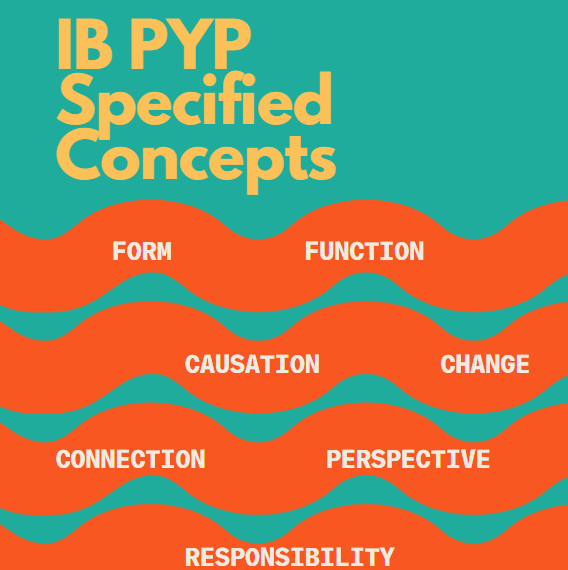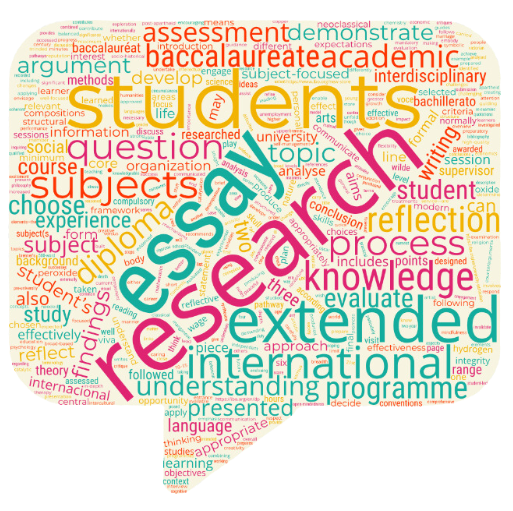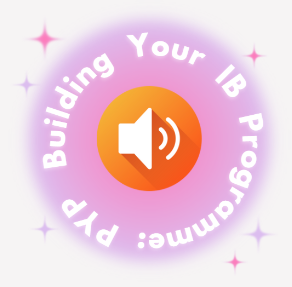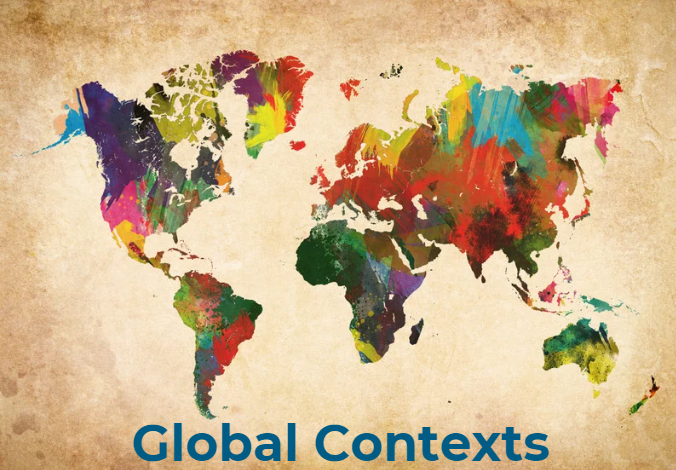Updated: Sep 12, 2022
“If you know where they need to go you can plant the clues to help get them there.” -Madly Learning

This is the last stop on our look into inquiry in the classroom.
Imagining What does inquiry look and feel like for the students? brings all of the Whys, Whats and Hows of inquiry to life.
Students who exist in a community of inquiry might describe their learning experiences in this way:
The posters and books that have appeared in my classroom about a few weeks ago have raised my interest in cultures and conditions around the world. Our teacher showed a video clip about a girl going to get water for her family. The water was brown, dirty. Next, he led us to focus on what we knew from viewing the video. We jotted those things down in our inquiry journals before sharing out to the class as he placed it on the KWHLAQ chart. I felt so much compassion for this little girl, and could tell that my classmates did as well. We wrote our wonderings in our journals before sharing. We had so many questions, revealed our passions, and were ready to find out more about what was going on and why. Then we came up with a list for how we would find the answers to our what we wanted to know. We learned that we were going to study the geography of Africa and were to become an expert in the area we chose as our first or second choice. Over the next week my teammates and I researched as our teacher posed questions to guide us to understandings that were the goals of the unit. Finally, we collaborated to develop a play to share our learning with the class. As each group presented, we added what we learned to the class chart and new questions that we now had about our topics. I could not wait to begin the next unit about the government and continue the historical understandings of Africa so we could find those answers to the new questions.
This student experienced provocation which caused her to wonder, be curious, engage her emotions, and own learning as she searched for answers to her own questions. She set goals and developed plans with her group for their research and was coached by the teacher to extend her thinking. Evidence was collected, and she and her group wrote and presented findings.
In this example, we can see that as students are drawn into inquiry-based experiences, they find ways to capture and organize their learning, work with others, reflect on what is most important to share, choose the way in which to communicate their learning and think of others’ perspectives. It also looks like the sowing of seeds of curiosity in students. In McREL’s White Paper Curiosity Works, Kristin Rouleau writes, “Student curiosity is a powerful driver of both student success and engagement. It also predicts better relationships, life fulfillment, and job performance” (Kashdan & Roberts, 2004; Kashdan & Steger, 2007; Reio & Wiswell, 2000).
From that perspective, when answering to our opening question, What Does Inquiry Look Like from the Students’ Experience?, one might say it looks like a lifelong gift.
Author
-
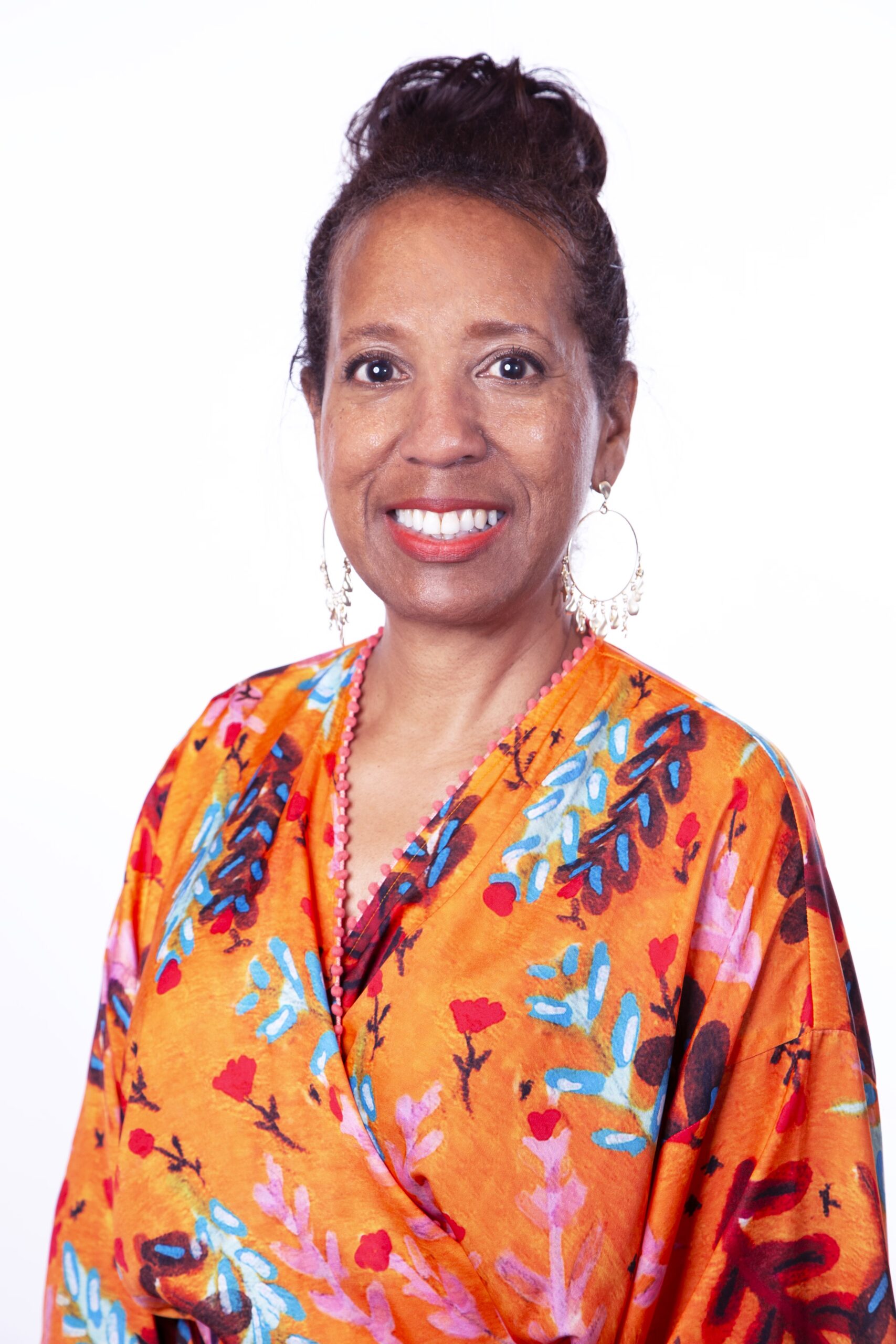
Jill is the CASIE Director of Education. She has a Master’s degree in Educational Leadership from Clark Atlanta University and a Bachelor’s degree in Education from The Ohio State University. Her past work experience includes serving as a teacher, IB coordinator, assistant principal, associate principal, 12 years as a principal with the last 7 leading an IB World School, Executive Director of Academic Programs including all four IB Programmes, head of of Curriculum and Assessment for Marietta City Schools, and an IB Educator Network programme leader. She enjoys learning, reading, walking, spending time with her husband, daughter, son, daughter-in-law, and friends.
View all posts

